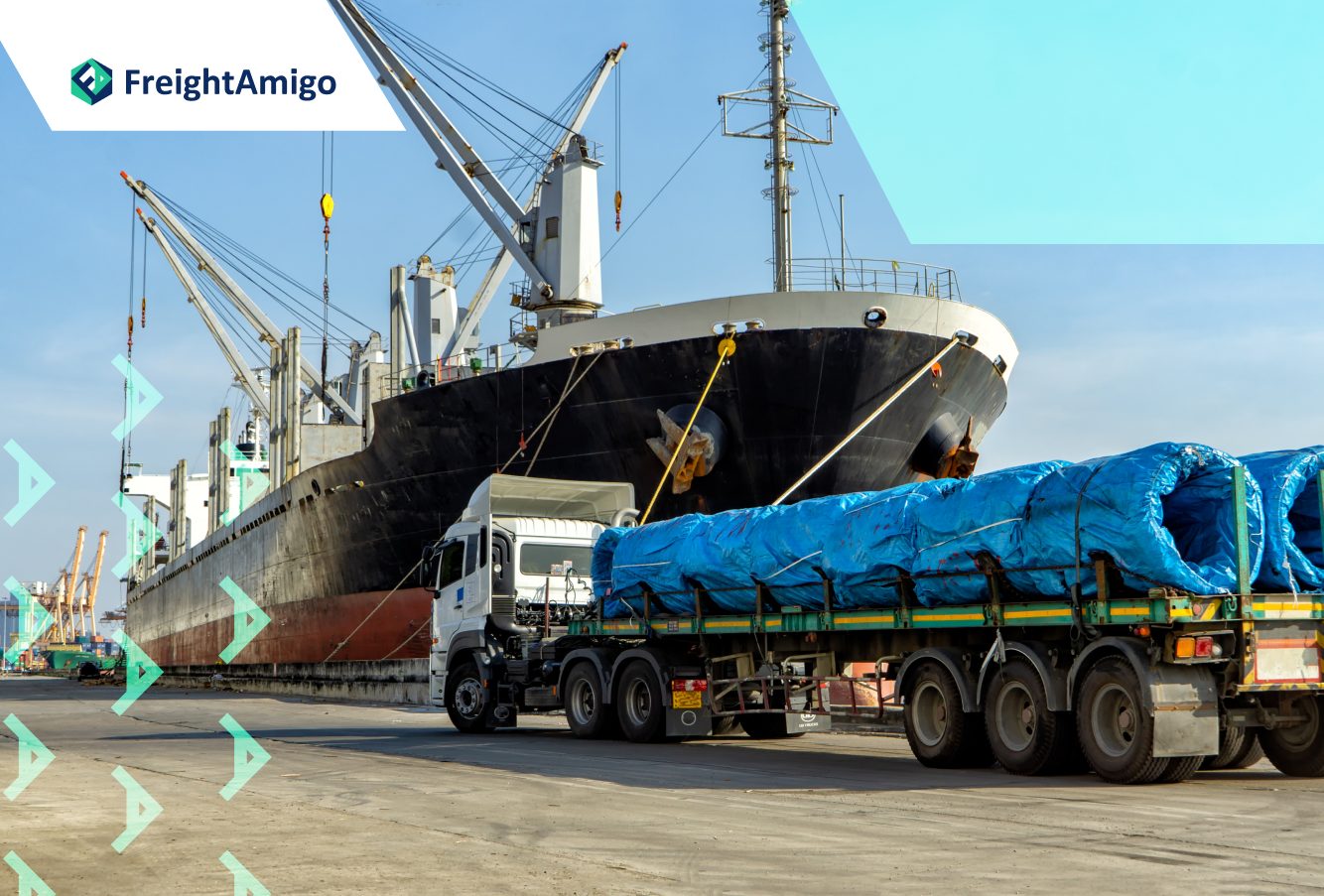Understanding Italy Import Custom Duties & Taxes
Author Name: Jacob Leung – Marketing Analyst at FreightAmigo
Navigating the complexities of tax in Italy becomes critical when products enter the European Union (EU) and are declared to customs authorities. Understanding Italy’s import duties is essential for businesses looking to expand into the EU market while ensuring compliance and optimising costs. Delve into the framework of Italy’s import tax system with FreightAmigo and focus on the intricacies of import taxes and VAT in Italy.
Want To Compare The Best Express, Air Freight, Sea Freight, Rail Freight & Trucking Rates So As To Have Better Control On Cost?
Understanding Italy’s Import Tax System
Classification and Tariff Systems
- Harmonized System (HS) and Combined Nomenclature (CN)
- Goods entering Italy are classified under the Harmonised System (HS), which is further detailed by the EU’s Combined Nomenclature (CN). This eight-digit coding system not only facilitates customs clearance but also serves as the basis for trade statistics within and outside the EU.
- Integrated Tariff (TARIC)
- The TARIC system provides comprehensive information on all tariff measures and trade policies applicable to specific goods within the EU. It is essential for US exporters to consult this tariff, which is updated daily, to understand the rules affecting their products.
Customs Duties and VAT
- Calculation and Application
- Customs duties in Italy are calculated on the CIF (cost, insurance and freight) value of goods, using the tariff code determined by the HS and CN systems. In addition, Italy applies a standard VAT rate of 22%, with reduced rates for certain items, which affects the total cost of imported goods.
- Preferential Trade Agreements
- Italy benefits from several preferential trade agreements that allow lower or zero import duties on goods from certain countries, which has a significant impact on the final cost of imports.
Customs Valuation and Regulations
- Customs Value
- The customs value, which is used to determine duties and taxes, is based on the transaction value of goods, including all associated costs up to the EU border.
- Union Customs Code (UCC)
- The UCC governs all customs procedures in the EU, ensuring uniformity and efficiency in the handling of imports, which is critical for businesses to understand for compliance.
Calculating Import Taxes and VAT in Italy
To accurately calculate import taxes and VAT in Italy, businesses need to understand the various components that contribute to the final cost. This section outlines the essential steps and considerations for determining these financial obligations when importing goods into Italy.
Step-by-Step Calculation Process
- Determine the CIF Value:
- Calculate the cost, insurance and freight (CIF) value of the goods, which includes the purchase price, transport and insurance costs to the European Union border.
- Apply Customs Duty:
- Use the Customs Info Database Tariff Look-up Tool to find the appropriate duty rate. Multiply the CIF value by this rate to find the duty amount.
- Calculate VAT:
- Add the customs duty to the CIF value to get the taxable base.
- Apply the standard VAT rate of 22% or the reduced rates of 10% and 4% for certain goods to the taxable base to calculate the VAT due.
Conclusion
Understanding the Italy Import Custom Duties & Taxes is essential for businesses involved in international trade. FreightAmigo provides custom duties calculator, businesses can determine the most appropriate HS code for their shipment and accurately calculate the applicable duties. This knowledge allows for better financial planning and ensures compliance with Italian customs regulations. If you are ready to ship to Italy, contact FreightAmigo for the latest details!
If you have a shipment to Italy, contact FreightAmigo now for more details!
Read More:
【Cosmetic Product Recycling】 A Guide to Sustainable Reverse Logistics
【Rise of Green Supply Chain】 Pioneering Sustainable Practices in Logistics
【ESG in Logistics】 How ESG Practices Drive Social Responsibility in Logistics
If you have any inquiries on logistics/supply chain, feel free to contact FreightAmigo now:
Chat with us online OR Phone : +852 28121686 OR WhatsApp: +852 27467829









































